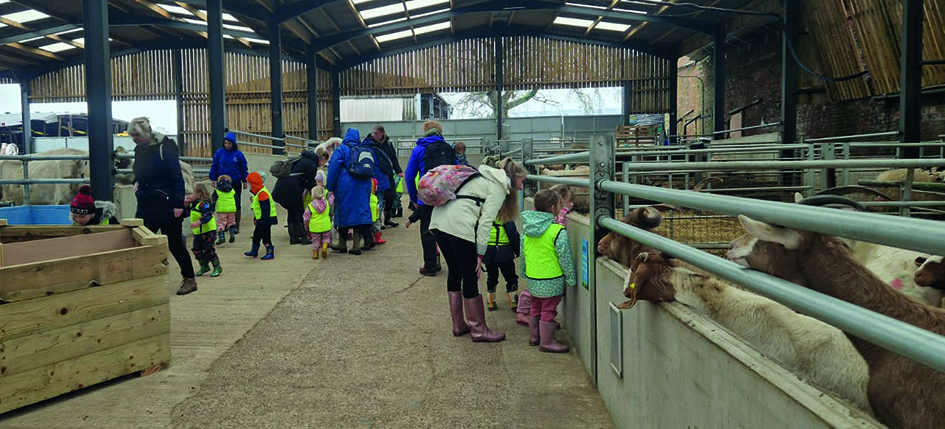
Many of the children attending Faraway Tree Day Nursery in Derby are interested in animals but have limited opportunities to explore outside of the city, so staff decided to widen their experiences by taking them on a day trip to a dairy farm. Not only did they get to meet lots of animals during their visit to Bluebells Farm Park in Spondon, Derbyshire, but they even watched a cow give birth.
what they did
 Staff prepared children for the farm trip by showing them pictures of the animals and sharing books on farms. At Bluebells, the children were taken on a farmer-guided visit, which included:
Staff prepared children for the farm trip by showing them pictures of the animals and sharing books on farms. At Bluebells, the children were taken on a farmer-guided visit, which included:
Register now to continue reading
Thank you for visiting Nursery World and making use of our archive of more than 35,000 expert features, subject guides, case studies and policy updates. Why not register today and enjoy the following great benefits:
What's included
-
Free access to 4 subscriber-only articles per month
-
Unlimited access to news and opinion
-
Email newsletter providing activity ideas, best practice and breaking news
Already have an account? Sign in here









